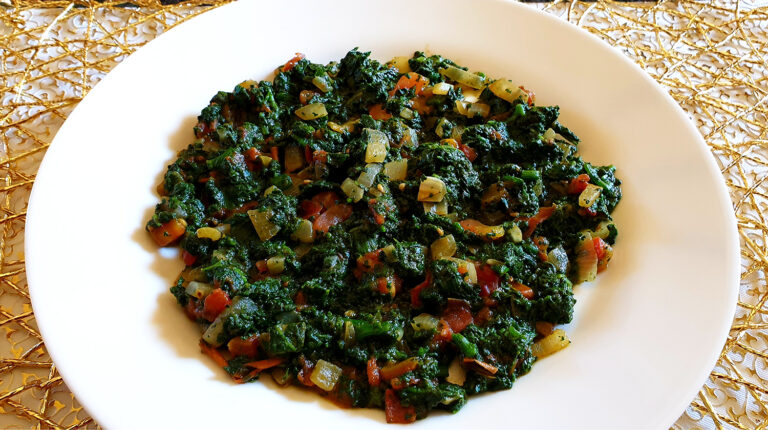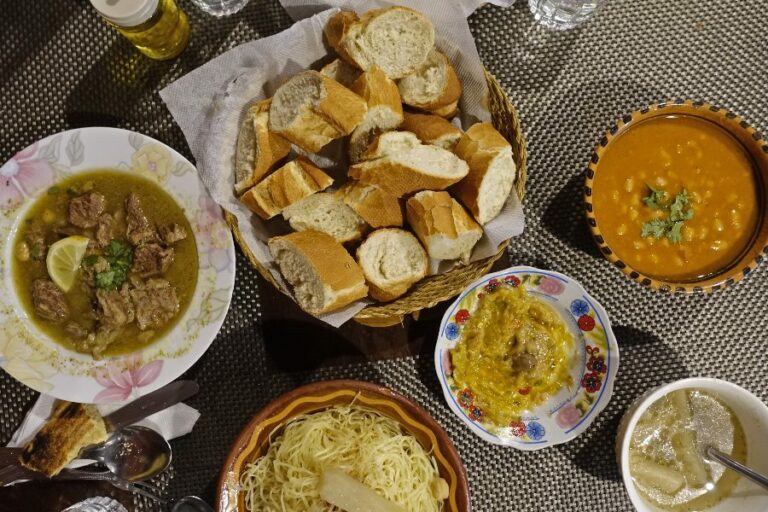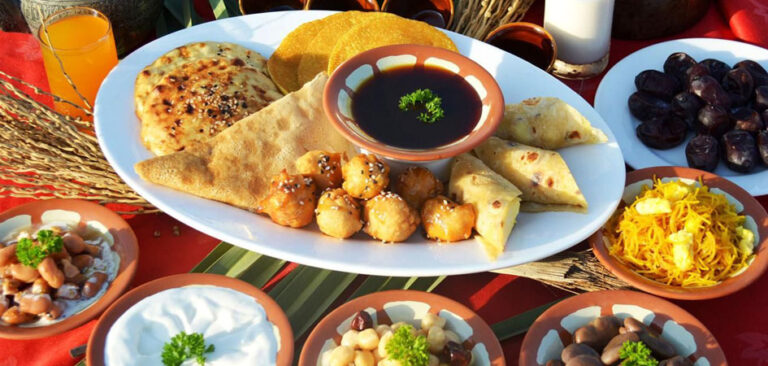Introduction to Uzbek cuisine
Uzbek cuisine is a unique blend of flavors and cooking techniques influenced by the region’s geography, history, and culture. It is characterized by the use of aromatic spices, tender meats, and fresh vegetables. The cuisine is also known for its various bread and pastry dishes, which are an integral part of the Uzbek diet.
Importance of staple ingredients
Staple ingredients are the cornerstone of Uzbek cuisine, and they play a crucial role in shaping its distinctive flavors. From the use of wheat as the main ingredient in bread and noodles to the abundance of meat and vegetables, each component adds its own unique flavor and texture to the dishes. The combination of these ingredients creates a unique culinary experience that is both hearty and flavorful.
Wheat: the backbone of Uzbek cooking
Wheat is the most important staple ingredient in Uzbek cuisine. It is used in various forms, such as flour for bread, noodles, and pastries. Bread is an essential part of the Uzbek diet, and it is often served with every meal. The most popular type of bread in Uzbekistan is called “non,” which is a flatbread baked in a clay oven.
Meat: a key protein source
Meat is a prominent ingredient in Uzbek cuisine, and it is often the main source of protein in the diet. Beef, lamb, and goat are the most commonly used meats, and they are typically cooked in a variety of ways, such as grilling, stewing, and frying. Shashlik, a skewered meat dish, is a popular Uzbek delicacy that is often served at special occasions and celebrations.
Vegetables and herbs: adding flavor and nutrition
Uzbek cuisine is also rich in vegetables and herbs, which are used to add flavor and nutrition to the dishes. Tomatoes, onions, peppers, and eggplants are some of the most common vegetables used in Uzbek cooking. Fresh herbs such as coriander, dill, and parsley are also an essential part of the cuisine and are often used as a garnish.
Spices and seasonings: enhancing taste and aroma
Spices and seasonings are an integral part of Uzbek cuisine, and they are used to enhance the taste and aroma of the dishes. Cumin, coriander, paprika, and black pepper are commonly used spices in Uzbek cooking. Saffron is another popular seasoning that is used in many dishes, particularly rice-based dishes such as pilaf. Garlic, ginger, and turmeric are also commonly used spices in Uzbek cooking.




